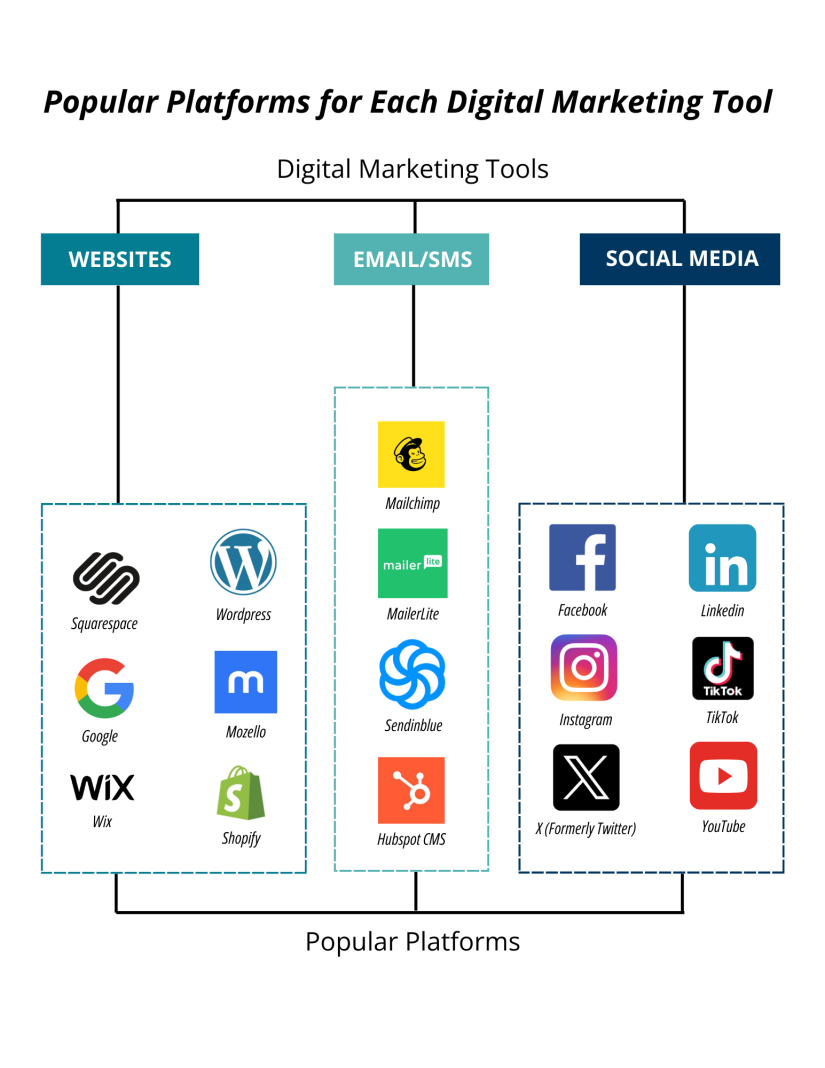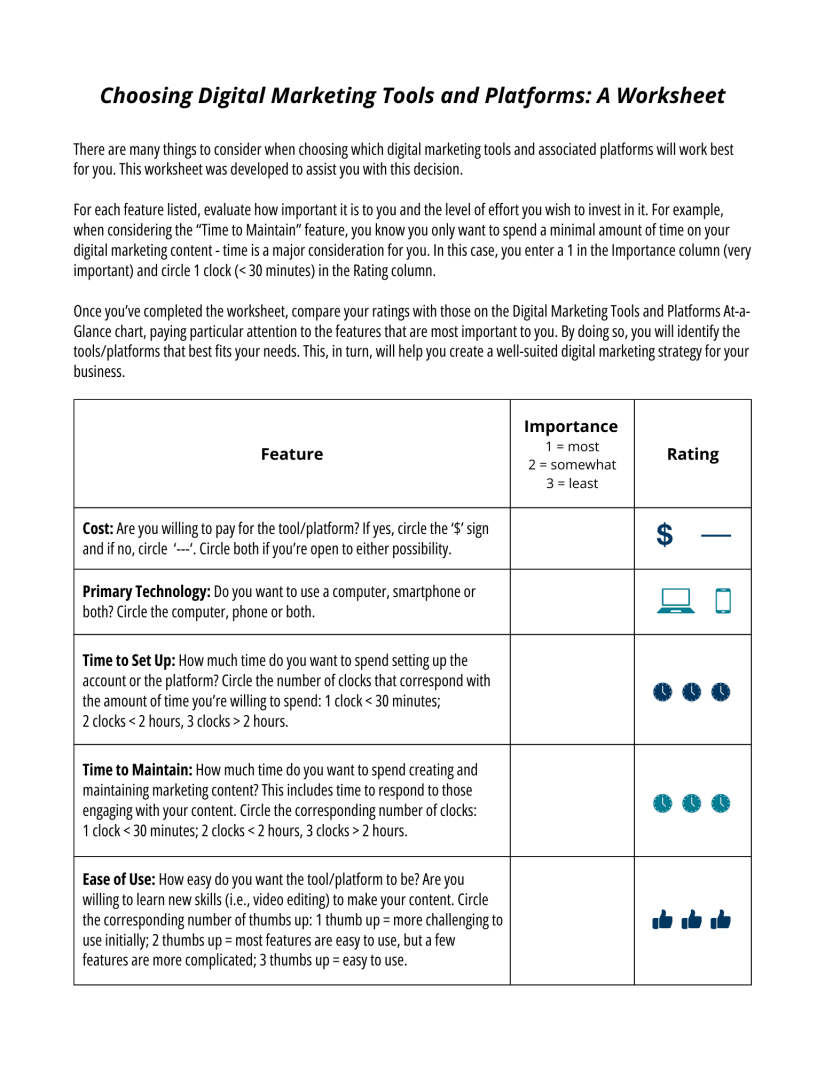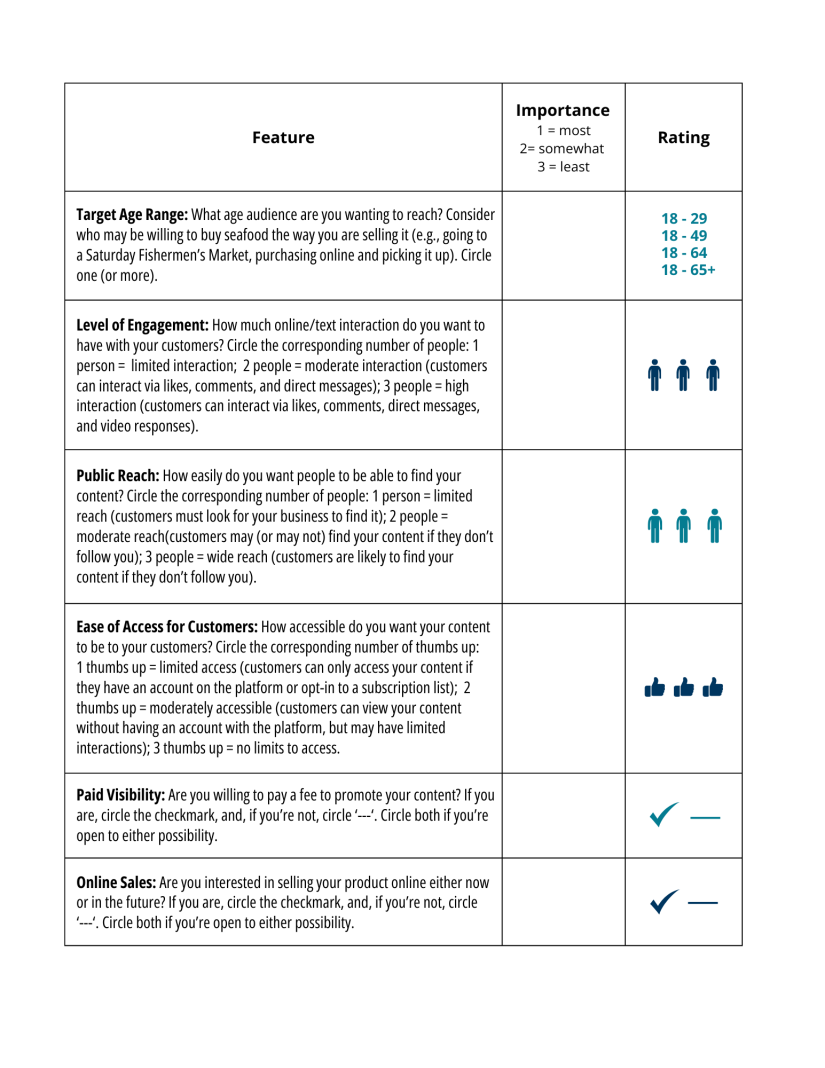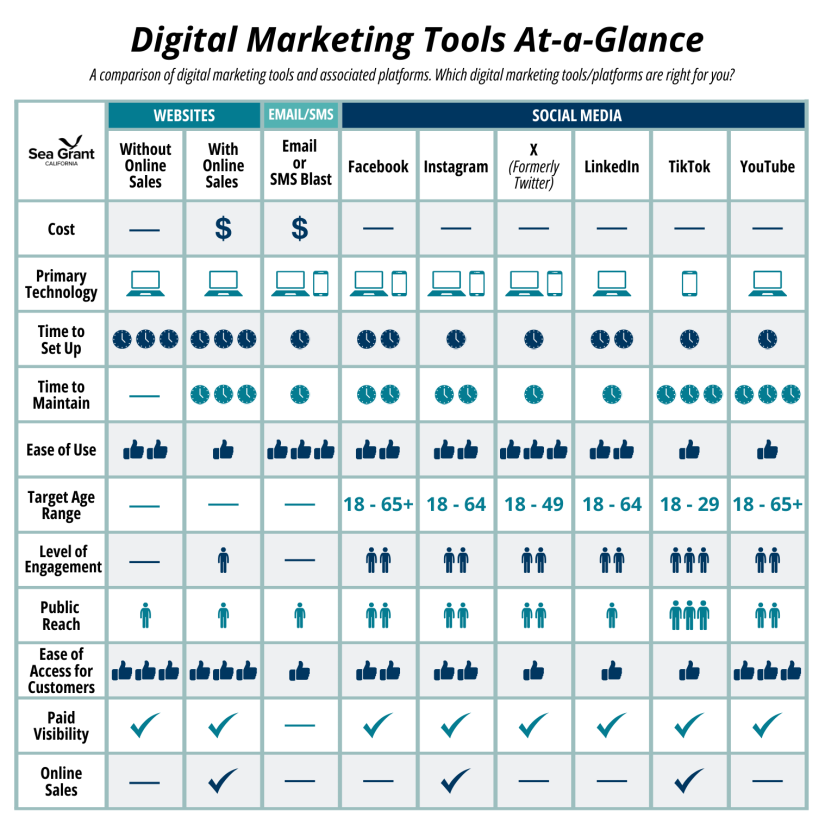Breadcrumb
- Market Your Catch
- Enhancing Success
- Promoting Your Product
- Digital Marketing
Digital Marketing

Digital Marketing for Seafood Producers
As a seafood producer and small business owner, having an online presence and using online tools can help you reach, remain connected with and share timely information about your products with prospective and current customers. Technological advancements and their integration into everyday life have changed how people learn about and purchase items, with many of them turning to online platforms. Customers are also increasingly placing value on knowing where their food comes from and who is providing it. By sharing images, videos, stories and other content, you can connect with people and increase and strengthen your market(s).
Digital marketing may seem daunting at first, but it doesn’t have to be. It is a process that requires some initial thought followed by adaptive actions that are as easy or complex as you make them.
Setting Goals
To get started, it is critical to identify what specifically you want to achieve through digital marketing. This information will help you to develop a digital marketing strategy that is focused on specific goals that are attainable and measurable, thereby increasing your marketing success. Consider the following questions as you formulate your goals:
Specific: What exactly do you want to accomplish? For example, are you considering digital marketing just to increase sales of your seafood or do you also want to educate your customers?
Attainable: Is your goal realistic given all else you do? What is a reasonable amount of time to achieve it? Remember to start off small!
Measurable: How will you measure whether you have been successful? It is important to determine whether your goals have been met and if they have not, to modify your strategy.
Identifying your goals is an essential first step for developing a strategy that will help you get what you want from your digital marketing efforts. Here we provide an example of a seafood marketing goal and how one would determine whether they’ve obtained it.
- Example Goals
Currently you are not using digital marketing tools, but you are interested in attracting customers to your booth at the local Fishermen’s Market. Your goals could be:
SPECIFIC: Identify a tool and platform that will attract local customers of all ages to the market and your booth. Have a way to remind folks about the market and what you will have available each week. Use photos/videos and some text to show off your products and day on the water, but keep content short.
ATTAINABLE: You only want to dedicate about an hour a week to reach and engage with customers and you don’t want to pay any fees.
MEASURABLE: You hope to reach 200 people and gain at least 10 new repeat customers after a year of using your digital marketing strategy. After one year, you will evaluate if you’ve achieved your goals and then decide how to proceed, if at all, with digital marketing.
Choosing Your Tools and Platforms
A variety of digital tools (websites, email/SMS and social media) and associated platforms (e.g., Wordpress, Squarespace, Instagram, Facebook) are available for developing a digital marketing strategy that will address your goals. Each tool and the associated platform offers different benefits and varies in their requirements.
To identify the tools and platforms that may be best for you, you will need to review your goals. Particularly, who you are hoping to reach (your target audience), how much time and money you want to invest, and how much customer interaction you want to have. Details about these considerations follow, with the ‘At-a-Glance’ chart providing a summary and comparison among tools/platforms.
- Audience
Identifying and understanding your audience — also referred to as your current and potential customer base — can help guide what kind of digital marketing tools and platforms may be best for you. Different tools/platforms can be used to target different groups of people. Consider the demographics (age, gender, language spoken) of your current and prospective customers. For example, the social media platform TikTok reaches younger audiences, particularly Gen-Z, while Facebook has a wider range of audience including individuals above 50.
The type of customer you are trying to reach can also help determine what tools and platforms might be best:
Local and/or repeat customers. These customers will need a way to access up-to-date information about your products. Think about providing updates when your products are available and work on building relationships with your customers to develop brand loyalty.
Recommended Tools and Platforms: SMS alerts, email newsletters, social media posts, locally targeted Instagram and Facebook ads.
Tourists. This group of prospective customers will need to find your business and specifically the locations and times to obtain your product. Including your location (in text on your website or in your bio and location tags on Social Media) and tools/platforms with a wide reach will help non-locals find your business.
Recommended Tools and Platforms: Website, Instagram and Tiktok.
Chefs and Restaurateurs. These customers will need up-to-date information about what products you’re selling and in what quantity. They may also want information about your business and how you catch or grow your product to share with consumers.
Recommended Tools and Platforms: Website, email newsletter
Community Supported Fisheries/Seafood (CSFs/CSSs) subscribers. If you are providing product to customers of a CSF/CSS — either one you are running or someone else is — the subscribers will likely want to know more about your story and how you fish or farm your products. You can help build brand loyalty or additional business by providing this information online.
Recommended Tools and Platforms: Website, Instagram, TikTok
Fishermen’s (Dockside) and Farmers Market participants. If you or others are selling seafood at a Fishermen’s or Farmers market, you may want to use the same platforms used by the market organizers to reach customers. By joining the platforms they’re using, you may reach more people if they share your content.
Also, ask a few of your customers that frequent the market what platforms they use. Consider joining such platforms so existing and prospective customers can learn more about you and your products. This may be particularly useful if there is a certain demographic group that enjoys your product.
Recommended Tools and Platforms: To be determined by what you learn from your market organizers and/or customers. Facebook, Instagram and email newsletters are common for these audiences.
- Time & Money
The amount of time and money you will need to invest in digital marketing will be determined by which tools/platforms you choose to use. Some tools require mainly upfront costs, while others will have fees along the way. Also, certain tools will require your continual engagement, while others will not. Consider the following:
- Cost. How much are you willing to pay for digital marketing?
Many online marketing tools are free to download and use. However, more advanced features may require paying a fee.
- Primary Technology. What technology do you have and are you comfortable using? Digital marketing platforms require a computer, smartphone or both and can require the use of additional equipment and software.
- Time. How much time are you willing to spend creating & maintaining your platform(s)? It takes time to set up digital marketing platforms and additional time to maintain them. The amount of time for set up and maintenance varies for each platform.
- Ease of Use. Are you willing to spend time learning new skills for digital marketing? Online marketing tools/platforms vary in complexity and some are easier to use than others. Some may require learning new skills and programs.
- Paid Visibility. Do you want to be able to pay to have your posts be more visible?
Some platforms allow you to pay a fee to increase the number of people who see your content.
- Online Sales: Do you want to conduct online sales through your platform?
Some tools offer sales directly through their platform, which enables customers to purchase your products without leaving it.
- Customer Engagement
Different platforms provide more or less opportunities for you to interact with customers. Consider:
- Level of Engagement. How much do you want to interact with your customers and audience?
Each platform has varying levels of interactivity with customers. Higher interactivity may require more of your time, but enables you to build relationships with your customers.
- Public Reach. How broad of an audience do you want to reach?
Some platforms make it easier to reach new customers compared to others.
- Ease of Access for Customers. How easily do you want people to find your digital marketing content?
Some platforms require customers to create their own account to access the content you (and others) produce.
Resources
- Chart: Popular Platforms for Each Digital Marketing Tool

- Worksheet: Choosing Digital Marketing Tools & Platforms
Use the following worksheet and the Digital Marketing Tools At-a-Glance chart (below) to identify what might work for you.


- Chart: Digital Marketing Tools At-a-Glance

Digital Marketing Tools At-a-Glance: Defined
Cost: The dollar sign icon indicates that this tool/platform commonly requires payment.
Primary Technology: The type of technology that you will need to use the tool/platform: smartphone, computer, or both.
Time to Set Up: The time it takes to set up the tool/platform account: 1 clock < 30 minutes; 2 clocks < 2 hours, 3 clocks > 2 hours.
Time to Maintain: The time it takes to create and maintain your content including responding to your followers: 1 clock < 30 minutes per week; 2 clocks < 2 hours per week; 3 clocks > 2 hours per week.
Ease of Use: 1 thumb up = more challenging to use initially; 2 thumbs up = most features are easy to use, but a few features are more complicated; 3 thumbs up = easy to use.
Target Age Range: More than 30% of individuals in the listed age range use the tool/platform.
Level of Interaction: 1 person = limited interaction; 2 people = moderate interaction (customers can interact via likes, comments, and direct messages); 3 people = high interaction (customers can interact via likes, comments, direct messages, and video responses).
Public Reach: 1 person = limited reach (people must look for your business to find it); 2 people = moderate reach (your content may be shared to people who don’t follow you); 3 people = wide reach (people who don’t follow you are likely to find your content).
Ease of Access for Customers: 1 thumbs up = limited access (customers can only access your content if they have an account on the platform or opt-in to a subscription list); 2 thumbs up = moderately accessible (customers can view your content, but may have limited interaction); 3 thumbs up = no limits to access;
Paid Visibility: A checkmark indicates this feature is available.
Online Sales: A checkmark indicates this feature is available.
Note: These guidelines are based on the most basic version of each tool as of September 2024. Digital tools are constantly changing, so be sure to confirm the accuracy of the information before getting started.